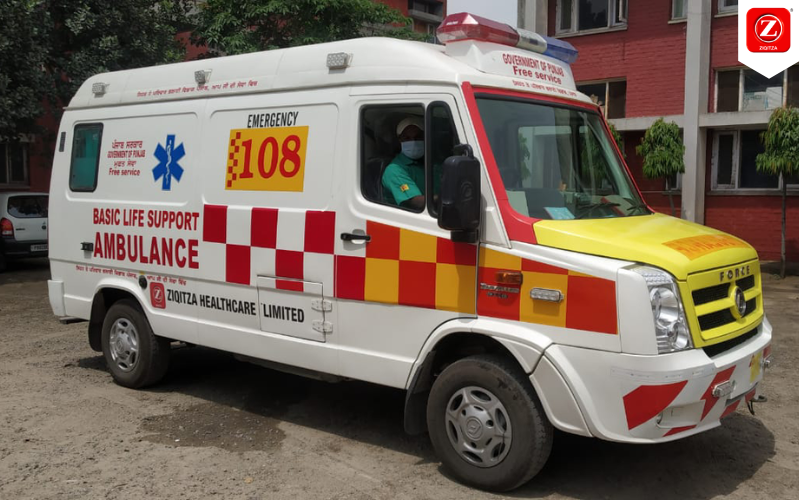In the ever-changing landscape of emergency medical services (EMS), innovation is the key to saving lives and improving patient outcomes. One organization at the forefront of this revolution is Ziqitza Healthcare, a trailblazer in using advanced technologies for patient care. In this blog, we’ll explore some of the groundbreaking innovations introduced by Ziqitza Healthcare ltd, focusing on the integration of telemedicine, drones, and advances in ambulance technology.
Use of Telemedicine in Pre-hospital Care:
The advent of telemedicine has revolutionized healthcare, and Sweta Mangal Ziqitza has seamlessly integrated this technology into pre-hospital care. Traditionally, emergency responders had limited access to medical expertise in the field, often leading to delayed decisions and compromised patient care.
Ziqitza limited telemedicine solutions have transformed this scenario. Emergency medical personnel now can connect with remote physicians in real time, enabling swift and informed decision-making. Through secure video consultations, paramedics can receive guidance on critical interventions, and medication administration, and even make crucial decisions about whether a patient needs to be transported to a hospital.
This not only enhances the quality of care but also optimizes the allocation of resources, ensuring that ambulances are dispatched based on the severity of the situation. Ziqitza’s commitment to leveraging telemedicine underscores its dedication to providing timely and effective pre-hospital care.
Integration of Drones in Emergency Response:
Drones are no longer just gadgets; they have become essential tools in emergency response, playing a crucial role in overcoming geographical barriers and reaching remote or difficult-to-access areas swiftly.
The innovative use of drones allows for rapid aerial assessment of the scene, providing critical information to emergency responders before they even arrive. Drones equipped with cameras and sensors can survey the area, identify hazards, and assess the severity of the situation, enabling more informed decision-making.
The integration of drones in emergency response is revolutionizing the way crises are approached, making them true aerial lifesavers. As technology continues to advance, the role of drones in emergency services is likely to expand, further enhancing the efficiency and effectiveness of emergency response to critical situations.
Advances in Ambulance Technology:
Ziqitza Rajasthan recognizes that an ambulance is more than just a mode of transportation; it’s a mobile medical unit equipped with high technology. The organization has invested significantly in advancing ambulance technology to ensure that patients receive the best possible care from the moment help is summoned.
Ziqitza’s ambulances are equipped with cutting-edge diagnostic tools, allowing paramedics to conduct on-the-spot assessments and transmit vital information to receiving hospitals. This real-time data exchange enables hospitals to prepare for incoming patients, streamlining the admission process and reducing delays in treatment.
Additionally, Ziqitza’s ambulances are equipped with telemedicine facilities, enabling paramedics to connect with physicians and specialists during transit. This integrated approach ensures that the patient receives continuous care from the scene of the emergency to the hospital.
Conclusion:
In conclusion, Sweta Mangal and Ziqitza Healthcare’s commitment to innovation is reshaping the landscape of emergency medical services. By seamlessly integrating telemedicine, drones, and advanced ambulance technology, Ziqitza Health Care Limited is not only saving lives but also setting new standards for prehospital care. As we look to the future, it’s evident that the innovation in healthcare, as exemplified by Ziqitza limited, will continue to drive positive change in emergency medical services, ultimately ensuring that help is just a call away, regardless of where it’s needed.


